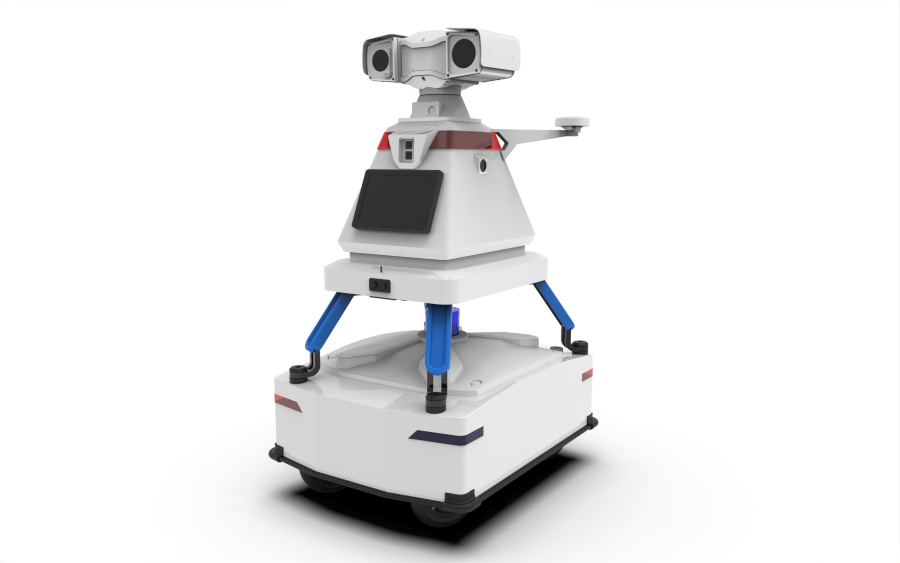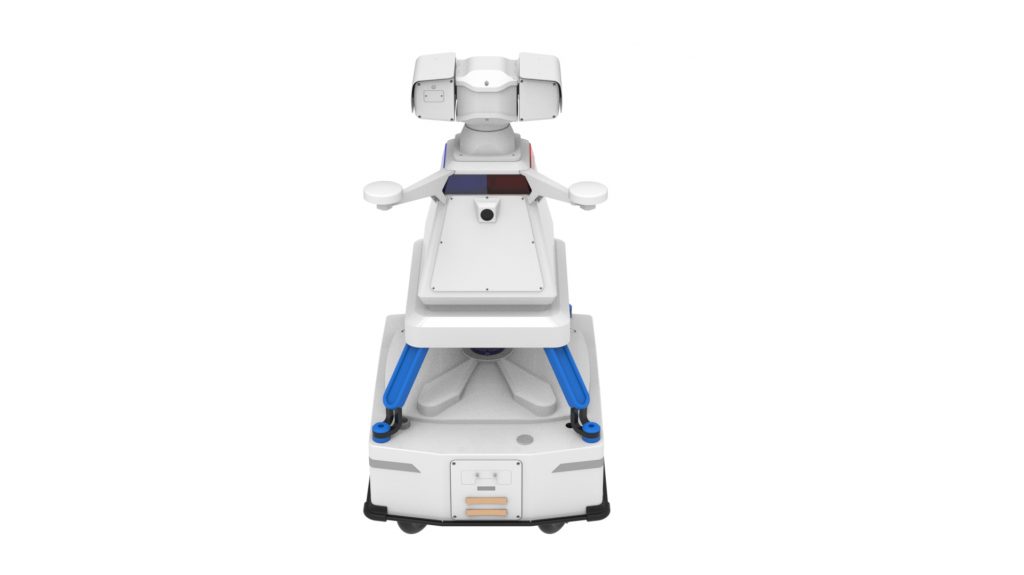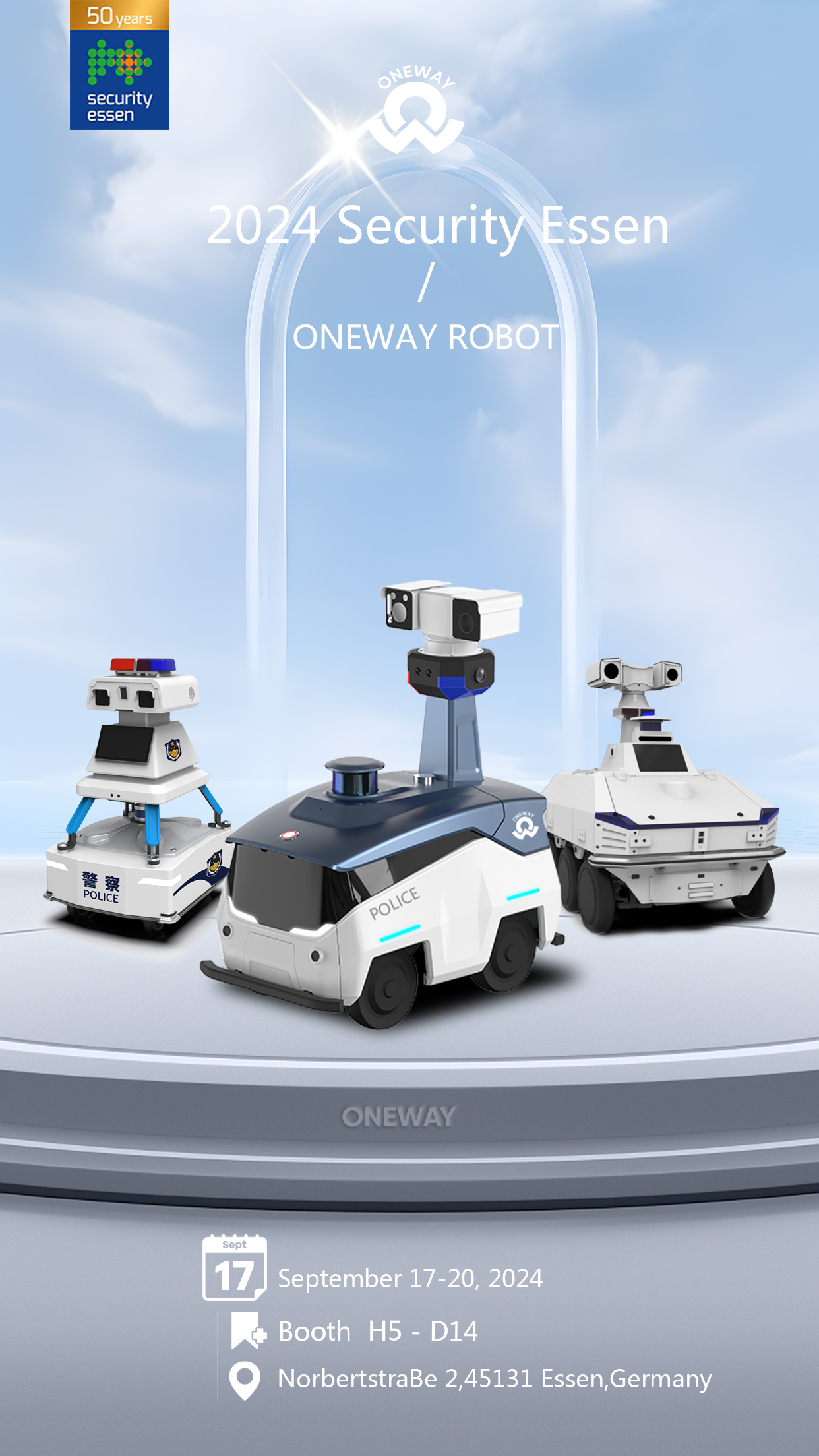Operating a port terminal comes with numerous challenges, from equipment maintenance and worker safety to overall operational efficiency. Inspection robots, as an advanced technological solution, are helping port managers tackle these real-world problems, enhancing the effectiveness of their operations.
1. Minimizing Equipment Downtime
When equipment fails at a port terminal, it can halt the entire workflow, leading to significant financial losses. Inspection robots perform frequent checks and can identify signs of equipment malfunction before they escalate into major issues. With real-time data analysis and predictive maintenance capabilities, these robots help ports address potential problems early, reducing the risk of costly downtime.

2. Enhancing Emergency Response
Port terminals are environments where emergencies, such as equipment failures, fires, or leaks, can occur unexpectedly. Inspection robots are equipped with real-time monitoring and rapid response capabilities. When an anomaly is detected, they can immediately alert the command center and transmit live footage from the site, allowing managers to react swiftly and mitigate damage.
3. Optimizing Workforce Allocation
Routine inspections at port terminals typically require significant human labor, increasing personnel costs and limiting the availability of workers for other critical tasks. Inspection robots can take over repetitive and hazardous inspection duties, freeing up human resources for more strategic roles. This reallocation of personnel optimizes labor distribution and boosts overall operational efficiency.
4. Providing Transparent Operational Data
Managers need real-time insights into the operational status of port equipment to make informed decisions. Inspection robots gather extensive data during their patrols, automatically generating reports that cover equipment status, environmental monitoring, energy consumption, and other key metrics. This data provides managers with transparent, visualized information to better manage port operations.

5. Improving Safety Management
Safety is paramount at port terminals. Inspection robots can operate in hazardous environments, reducing the risk to human workers. They are capable of detecting safety hazards, such as gas leaks or fires, in real-time and taking immediate action to ensure the safety of port operations.
6. Customized Solutions
Every port terminal has unique operational environments and requirements, making one-size-fits-all solutions ineffective. Inspection robots offer a high degree of customization, allowing ports to tailor patrol routes, monitoring tasks, and data reporting formats to their specific needs. This ensures that each client receives a solution that is perfectly suited to their operational challenges.
Conclusion
Inspection robots are more than just tools for improving port terminal efficiency; they are comprehensive solutions for managing complex environments and overcoming operational challenges. By minimizing equipment downtime, enhancing emergency response, optimizing workforce allocation, providing transparent operational data, and improving safety management, inspection robots deliver robust support for efficient and safe port operations. Choosing inspection robots means selecting a partner that can deliver real, tangible problem-solving benefits.






